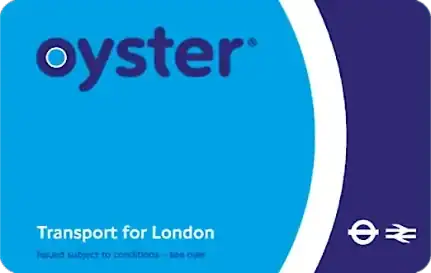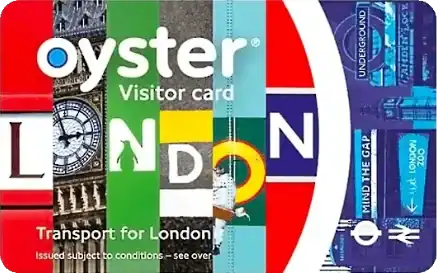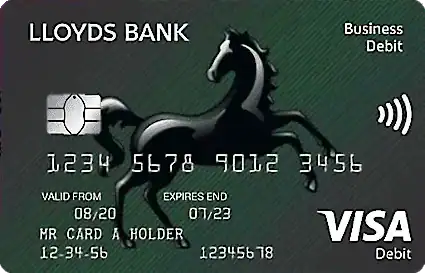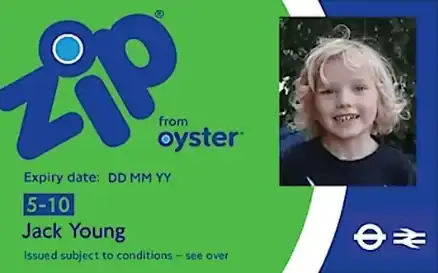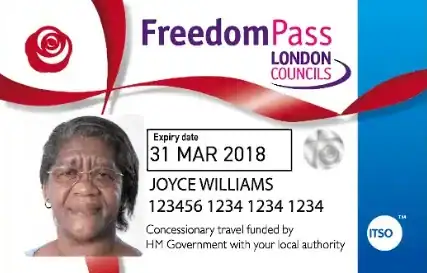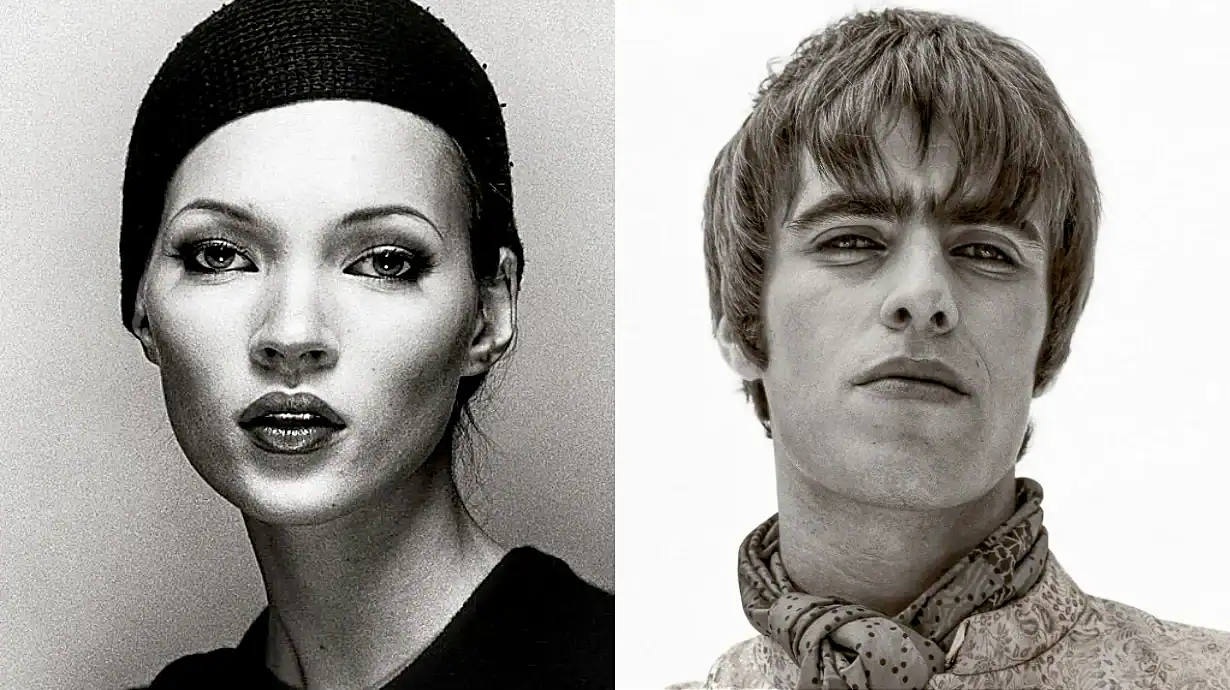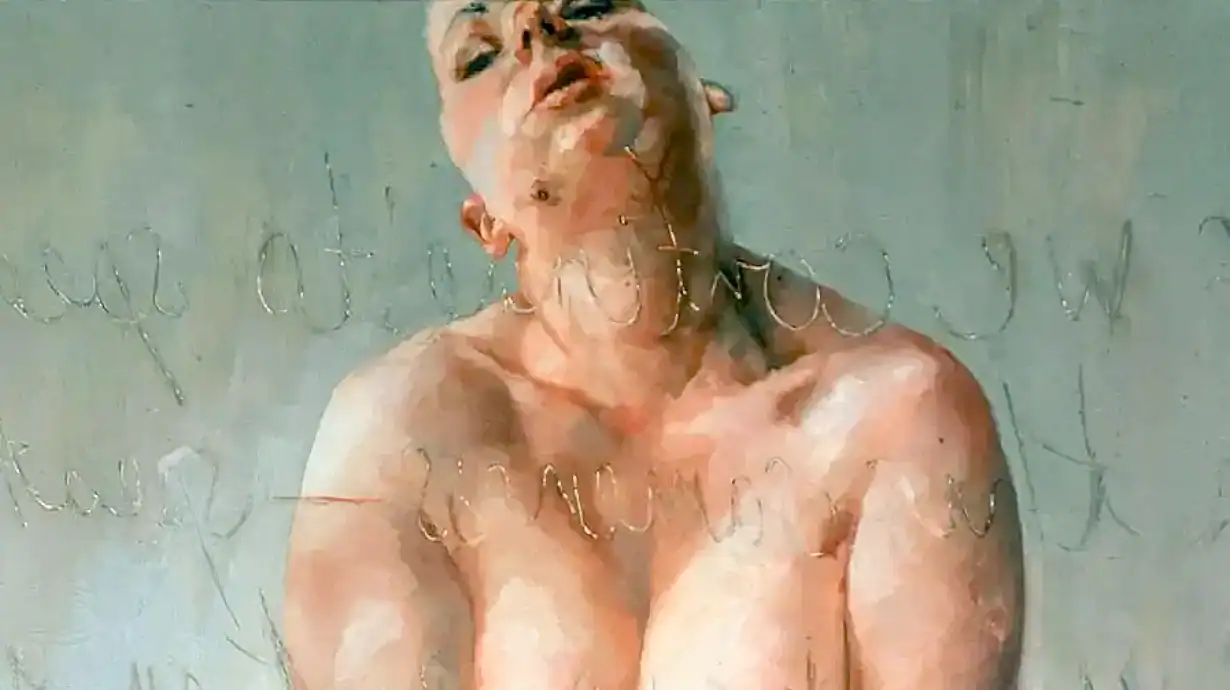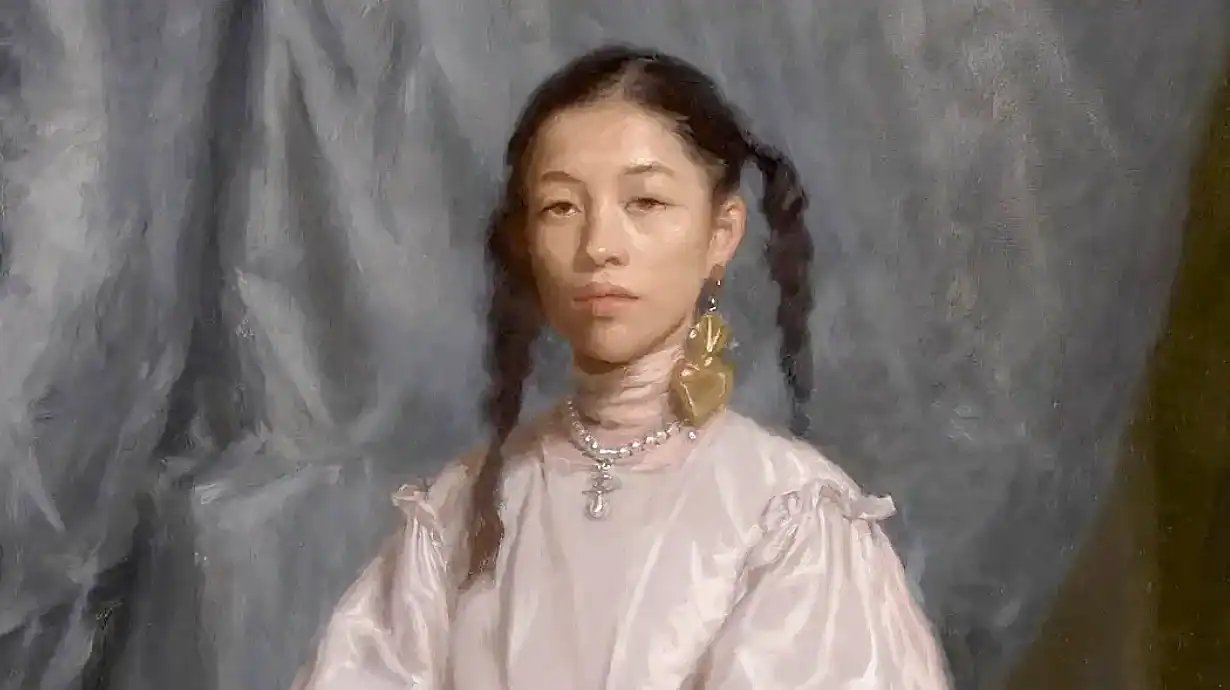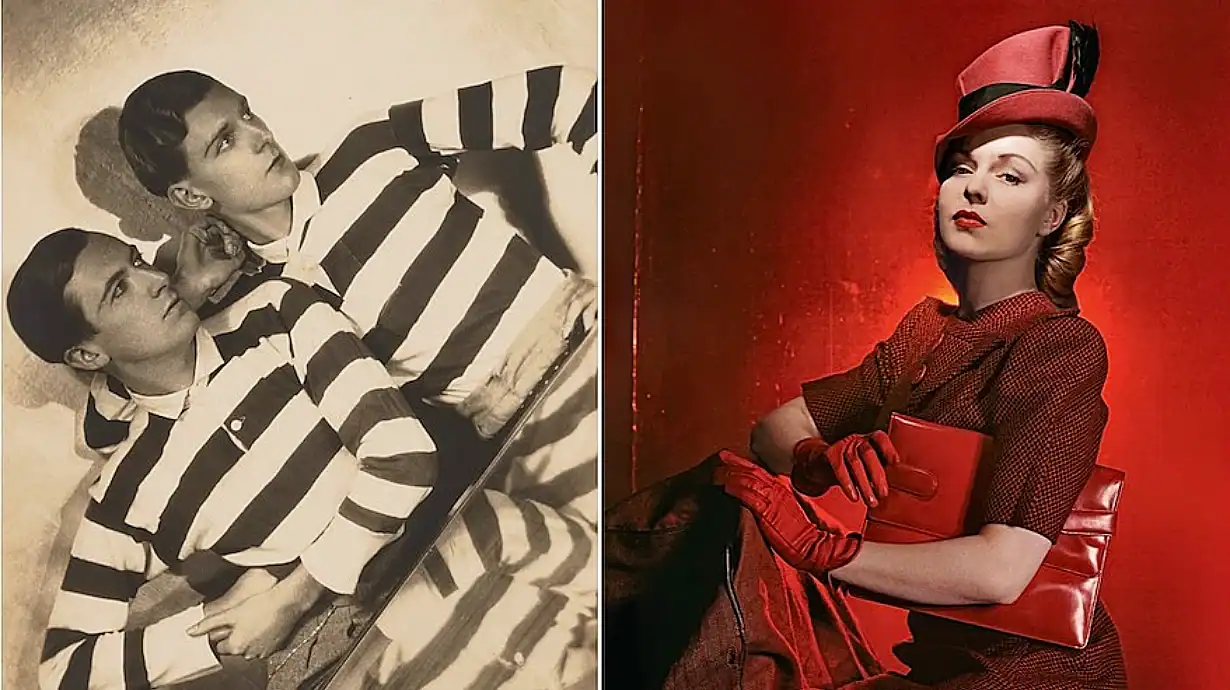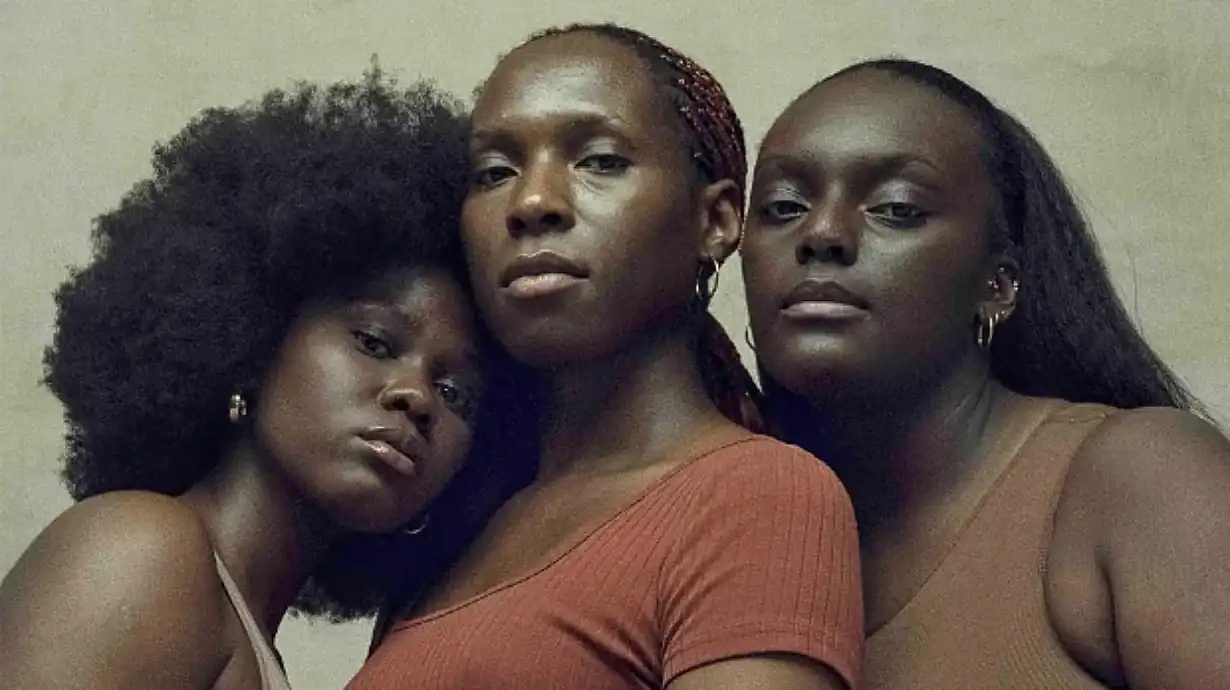
You don’t know how famous you really are until after your dead. Most of us will just get a few tears and some ham sandwiches round our family’s house, whilst others might get five lines in the paper and a mention on the news. If you’re lucky then you’ll get a statue for the pigeons to sit on. But the truly famous ones end up in here. This is how you know you made it – if they put your face on display at the National Portrait Gallery.
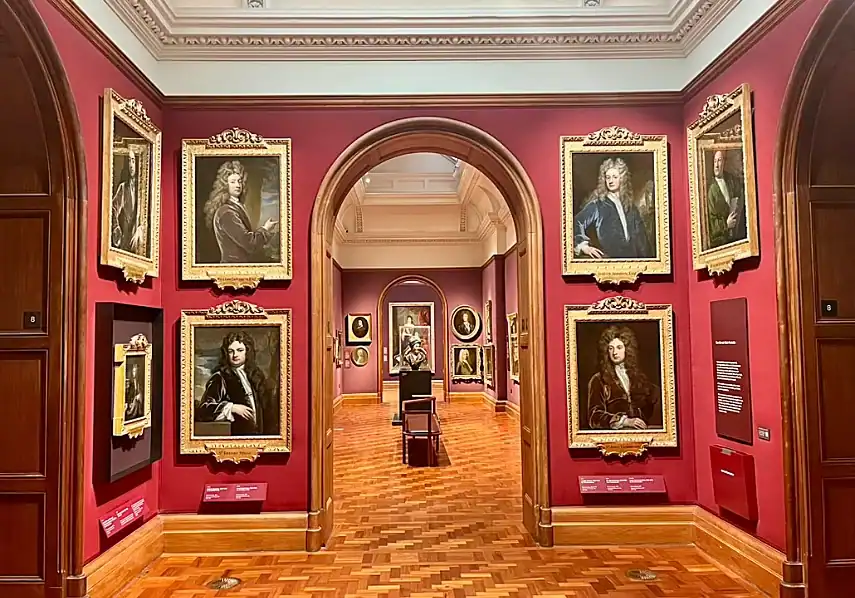 Photo: londondrum.com
Photo: londondrum.comThis is the art gallery that I always recommend if you aren’t particularly into art because it’s half-art and half-history. It’s like walking through an illustrated edition of Who’s Who with portraits, paintings, sculptures and caricatures of famous figures from the last six centuries of British history – everyone from kings and queens and politicians to Noble Prize-winning scientists, writers, architects and artists.
It’s a bit of a mish-mash of styles because they choose the pictures based on the fame of the sitter rather than the skills of the artist. So you get unfinished pictures, scribbles and scrawls alongside accomplished oil paintings by Hogarth and Reynolds.
Tudors, Stuarts & English Civil War
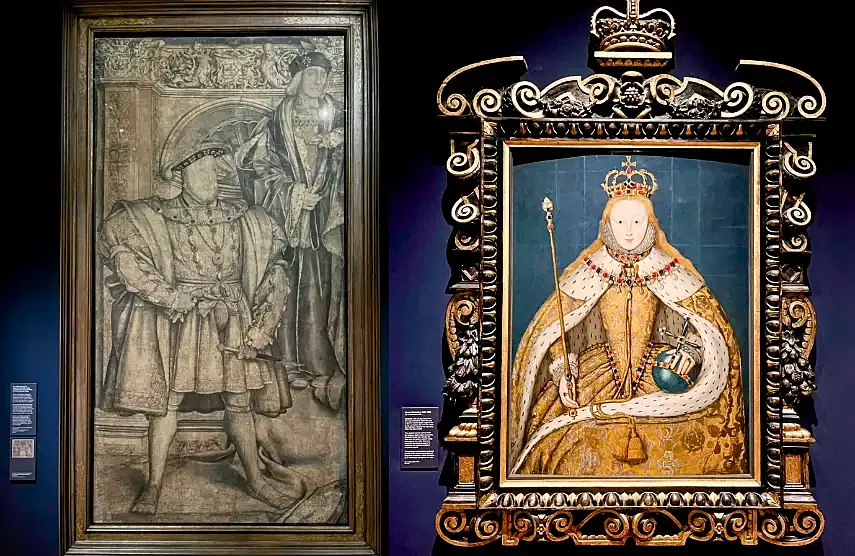 Photo: londondrum.com
Photo: londondrum.comThe Tudor room has all the people you remember from school. There’s a huge preparatory study of Henry VIII by Hans Holbein the Younger and famous pictures of Anne Boleyn, Bloody Mary and Elizabeth I. You also get Tudor politicians like Thomas More, Thomas Cranmer and Thomas Cromwell, plus early explorers like Walter Raleigh and Francis Drake.
The famous painting of Shakespeare has been tucked away around a corner (I thought they would have made more of it – maybe put it in a bullet-proof box like the Mona Lisa).
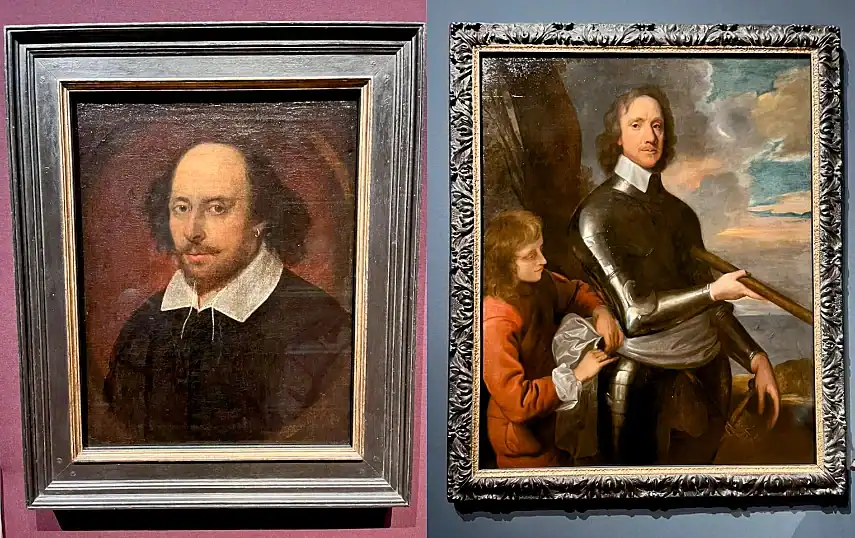 Photo: londondrum.com
Photo: londondrum.comThen you’re into the Civil War period with big pictures of Cromwell, Charles I and Charles II. They’ve ditched the frilly ruffs by this time and entered the era of big wigs so it’s hard to tell everyone apart – Isaac Newton, Samuel Johnson and Christopher Wren all look like High Court judges.
Georgian, Victorian & Edwardian portraits
 |
    |
The highlight in this section is the huge Coronation painting of Queen Victoria and a lively scene inside the House of Commons. Another room accommodates everyone from Wellington and Nelson to court composers like Handel and Bach. They also sneak in a few Americans like George Washington and Benjamin Franklin to tell the story of the Empire.
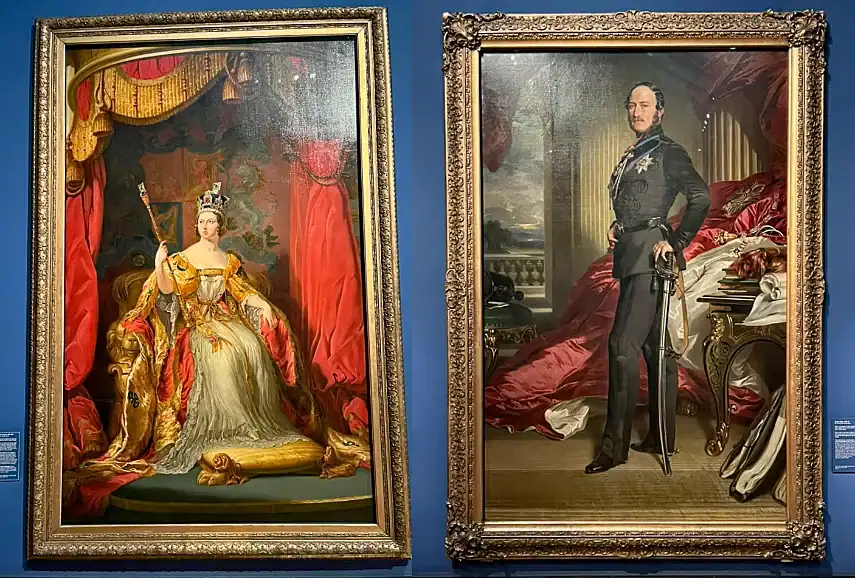 Photo: londondrum.com
Photo: londondrum.comYou’re centuries into our nation’s story by this time and still the famous names keep coming… poets and painters like Byron, Coleridge, Turner and Keats, and engineers and inventors like James Watt, Robert Stephenson and Isambard Kingdom Brunel.
20th & 21st-century portraits
As soon as you hit the tail end of the 20th-century fame makes way for celebrity. Apparently there used to be a rule that you had to be dead for at least a decade before they honoured you with a picture but they seem to have relaxed that rule now, because it’s all sports stars and singers who appeared on Top Of The Pops.
 Photo: londondrum.com
Photo: londondrum.comThere’s also a very abrupt change in the style of painting. In the old days the aim of the game was to create a good likeness, and the artist sat their subject in a pose which told us something about their character – were they a great thinker? sedate and serious? feared and respected? But nowadays they hardly bother telling us anything about the subject at all. It’s become less about the sitter and much more about them. They’d much rather the viewer walk away marvelling at their skills instead. The result is that half of the portraits are unrecognisable without the placard attached.
Maybe that’s why there are so many photographs in the 20th-century section, because we’ve lost the art of portrait painting.
I also recommend… If you enjoy this then try Courtauld Gallery (you can walk it 10 mins); National Gallery (you can walk there in less than 1 min); Royal Academy of Arts (walk it in 12 mins or travel from Charing Cross to Piccadilly Circus by underground); Tate Britain (walk it in 26 mins or travel from Charing Cross to Pimlico by underground) and Wallace Collection (walk it in 26 mins or catch a tube from Charing Cross to Bond Street)
How to get to the National Portrait Gallery
| Fare zone | Cash | Oyster & Contactless | Travelcard | ||||
|---|---|---|---|---|---|---|---|
| Single fare | Single fare | Daily cap | One day | ||||
| Peak | Off-peak | Peak | Off-peak | Anytime | Off-peak | ||
| Bus (all zones) | n/a | £1.75 | £5.25 | £6 | |||
| Train (zone 1) | £7 | £2.90 | £2.80 | £8.90 | £8.90 | £16.60(zone 1-4) | £16.60(zone 1-6) |
| Train (zone 1-2) | £7 | £3.50 | £2.90 | £8.90 | £8.90 | ||
| Train (zone 1-3) | £7 | £3.80 | £3.10 | £10.50 | £10.50 | ||
| Train (zone 1-4) | £7 | £4.60 | £3.40 | £12.80 | £12.80 | ||
| Train (zone 1-5) | £7 | £5.20 | £3.60 | £15.30 | £15.30 | £23.60(zone 1-6) | |
| Train (zone 1-6) | £7 | £5.80* | £3.80* | £16.30 | £16.30 | ||
| * Journeys between zone 1 and Heathrow are always charged at the peak rate. Prices are correct as of | |||||||
Related articles and events
Search for art exhibitions in London, art exhibitions today, tomorrow, this weekend and during May and June, or see what’s on near Trafalgar Square
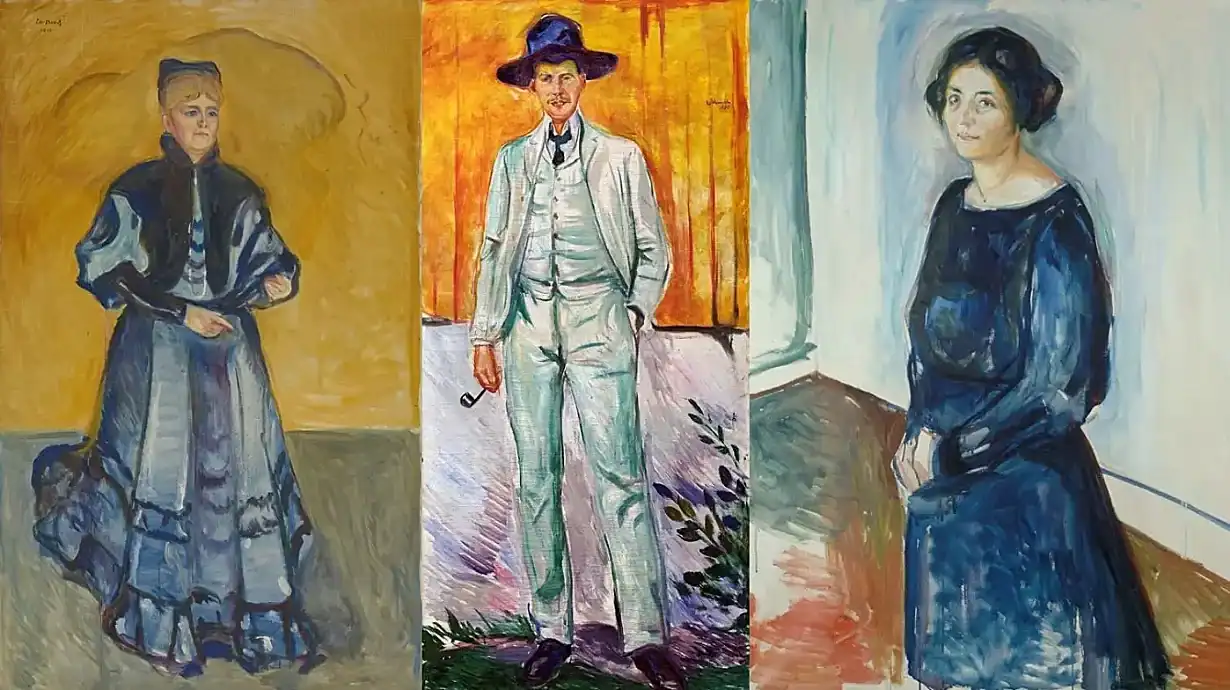
 Twitter
Twitter Facebook
Facebook Bluesky
Bluesky WhatsApp
WhatsApp Email
Email